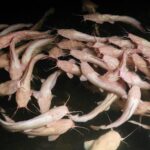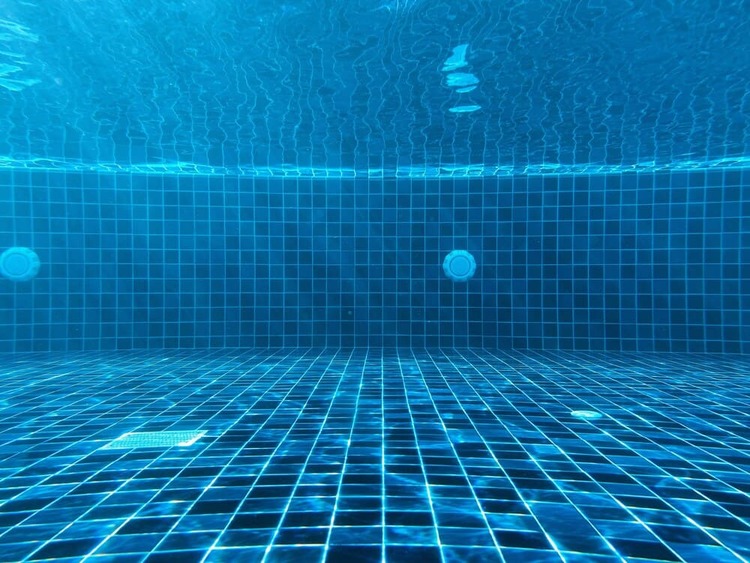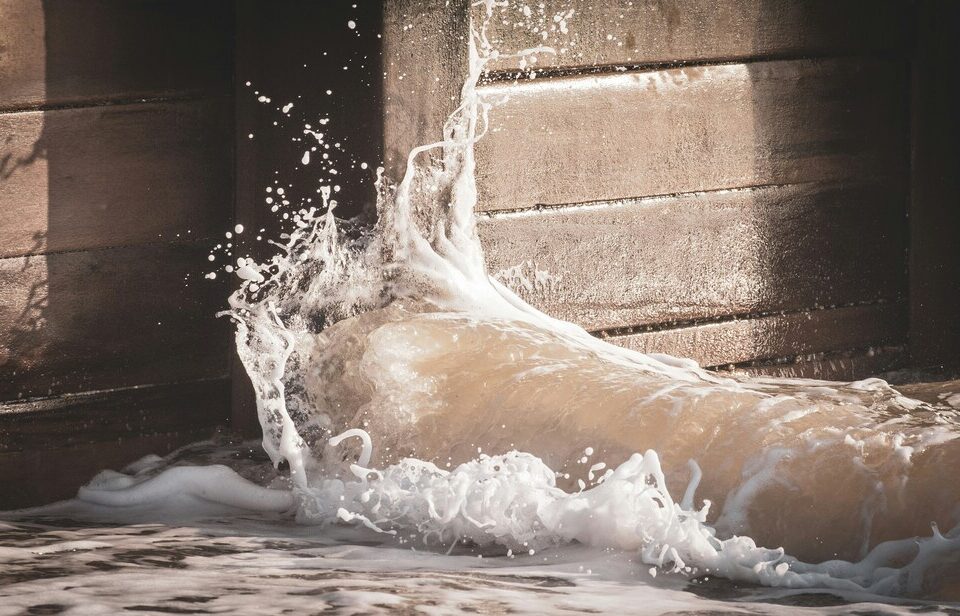
Why water sensors important to wastewater treatment
June 25, 2025
Ammonia vs Ammonium:What is the Difference?
August 25, 2025blog page
Features of different pollutants in water/wastewater
This article provides an overview of the main types of pollutants commonly found in water and their specific characteristics.
Googolwater are committed to providing accurate and reliable sensors, specifically designed for water & wastewater treatment applications.
e are proud that our current range of optical water sensors is capable of real-time, online monitoring of multiple key parameters ,as listed below(except metal and VOCs), using a single sensor. all the metrics can be measured simultaneously and continuously, ensuring efficient and comprehensive water quality management. We look forward to supporting wastewater treatment projects and building a long-term partnership with water and wastewater treatment industry.
cards
TSS
Total Suspended Solids
- Dispersed solids with size > 1 μm.
- Consist of organic & inorganic particles.
- Aesthetically displeasing.
- May be biodegradable as nutrient.
Particle Size
> 1 μm
Typical Units
mg/L
Metals
Heavy & Light Metals
- Soluble elements forming cations.
- May cause taste/color issues.
- Nervous system & kidney damage.
- Examples: As, Cd, Pb, Hg.
Common Elements
Pb, Hg, Cd
Detection Limit
μg/L
Nitrate/Nitrite
Nitrogen Cycle
- Essential for growth.
- Parts of nitrogen cycle.
- Common in water systems.
- Toxic in high quantities.
Chemical Form
NO₃⁻, NO₂⁻
WHO Limit
50 mg/L
VOCs
Volatile Organic Compounds
- Low solubility in water.
- Formed naturally or by humans.
- Include pesticides & solvents.
- Flammable, toxic or carcinogenic.
Boiling Point
< 100°C
Examples
DDT, TCE
TOC
Total Organic Carbon
- Measures organically bound carbon.
- Independent of oxidation state.
- Rapid analysis (~2 minutes).
Method
Oxidation
Units
mg C/L
BOD
Biochemical Oxygen Demand
- Measures oxygen consumed by microbes.
- Indicates organic pollution level.
- Standard test: 5 days at 20°C (BOD₅).
- Higher values indicate more pollution.
Test Duration
5 days
Units
mg O₂/L
COD
Chemical Oxygen Demand
- Measures oxygen required for chemical oxidation.
- Includes both biodegradable & non-biodegradable organics.
- Rapid test compared to BOD (2-3 hours).
- Always higher than BOD for same sample.
Oxidizing Agent
Potassium Dichromate
Typical Range
20-1000 mg/L




